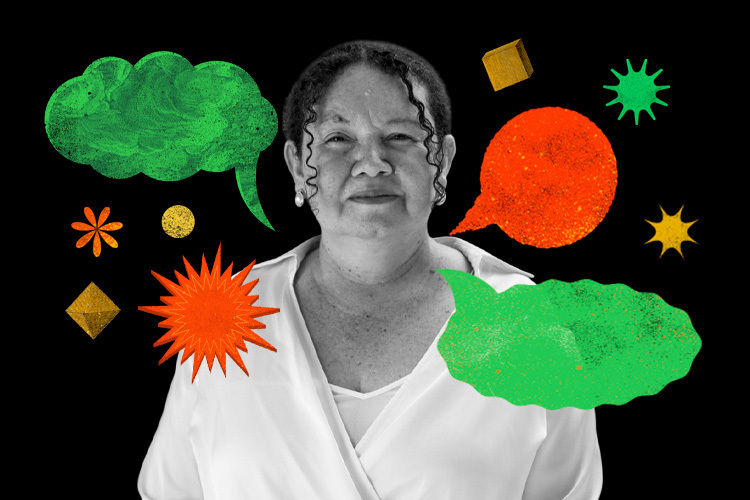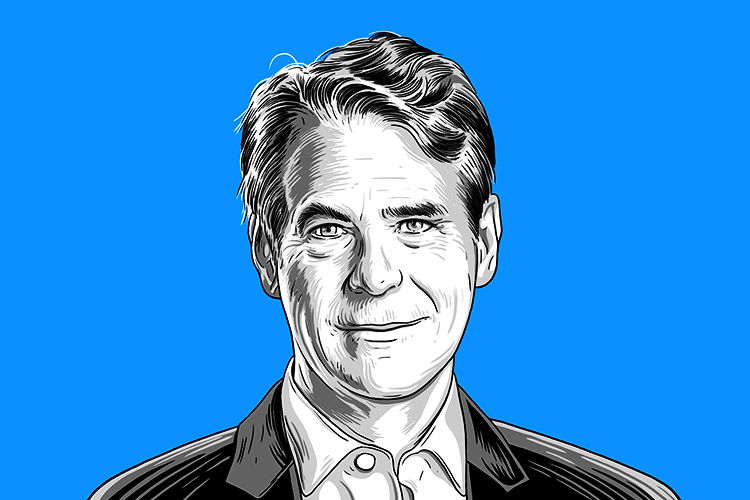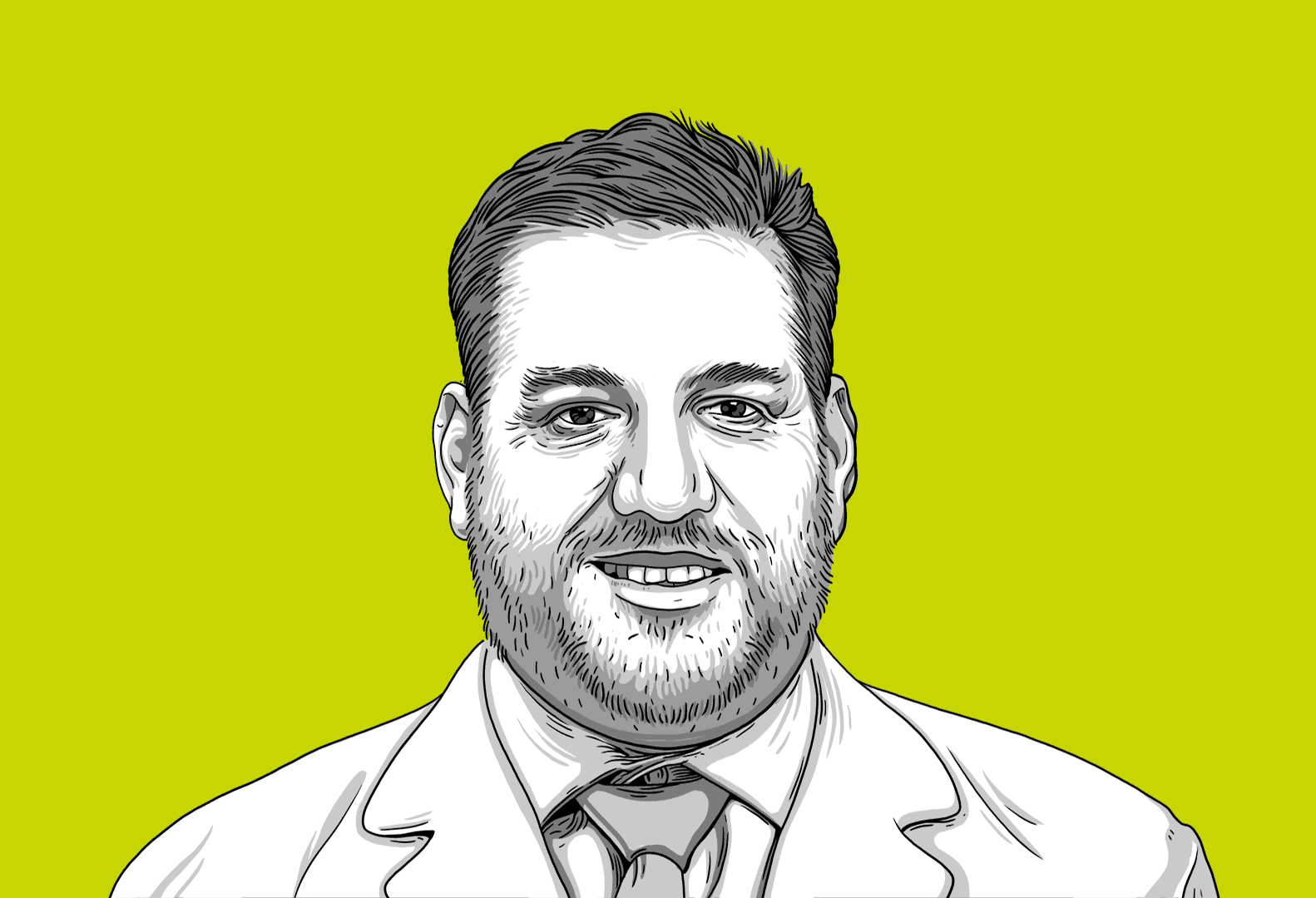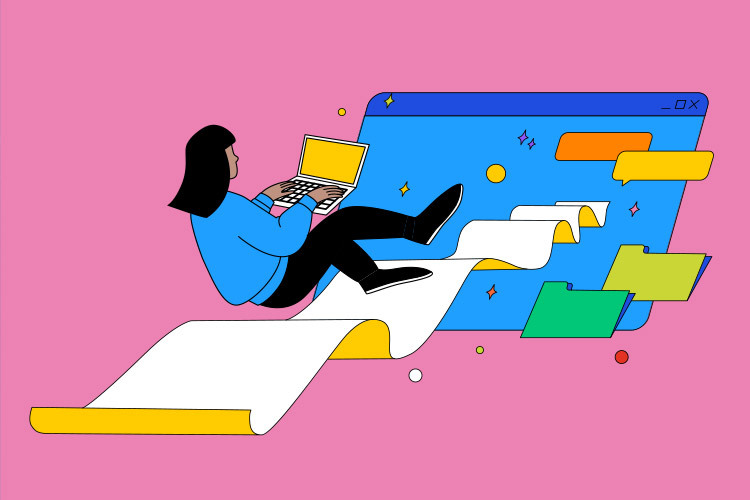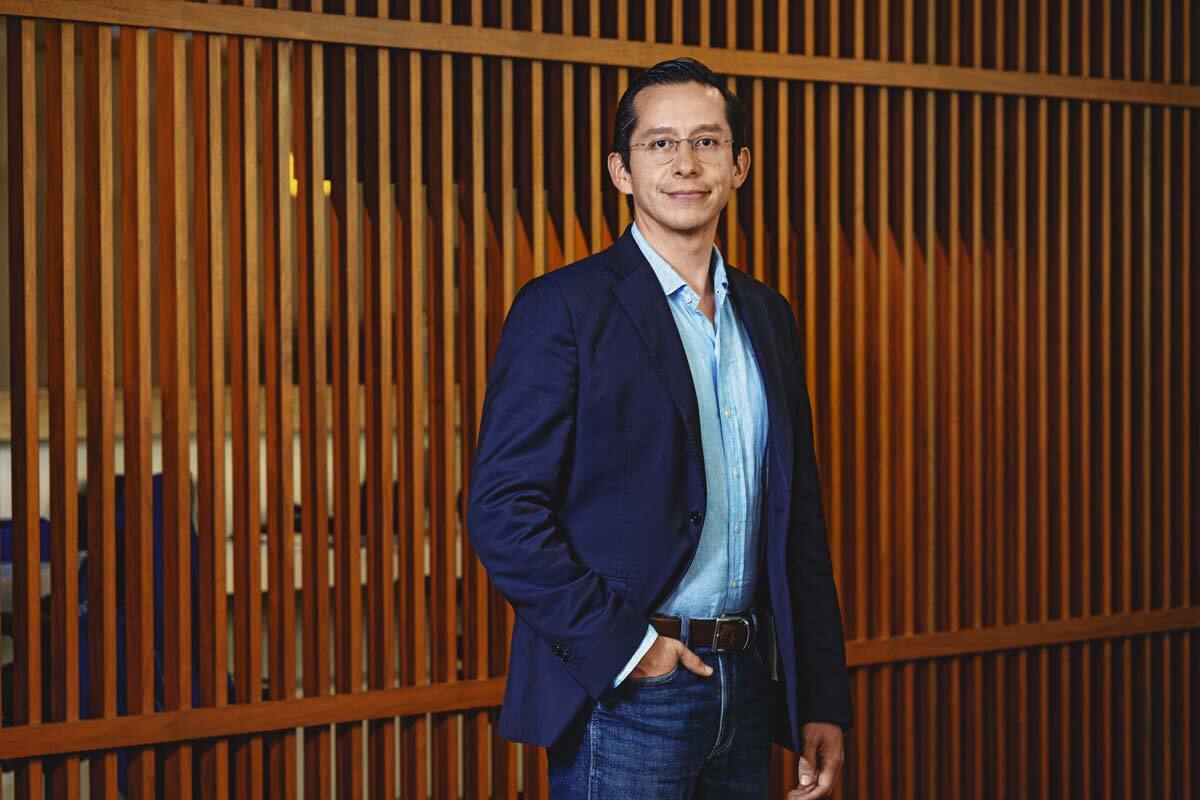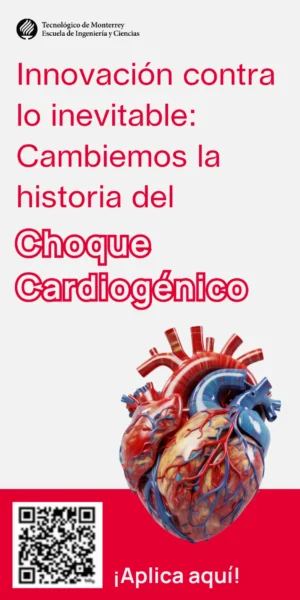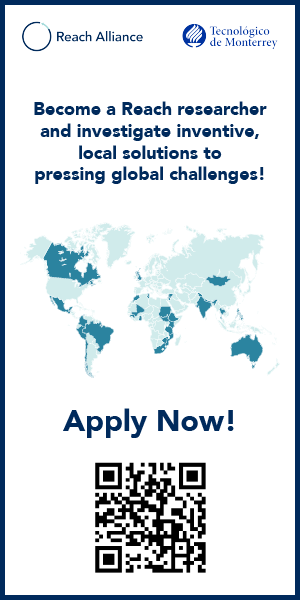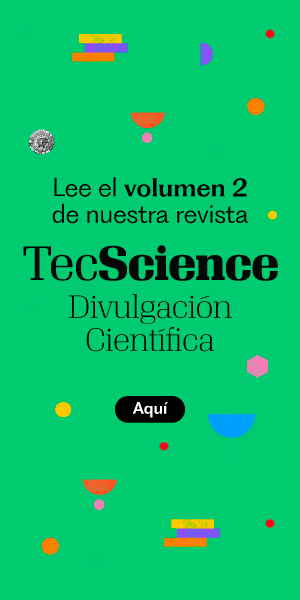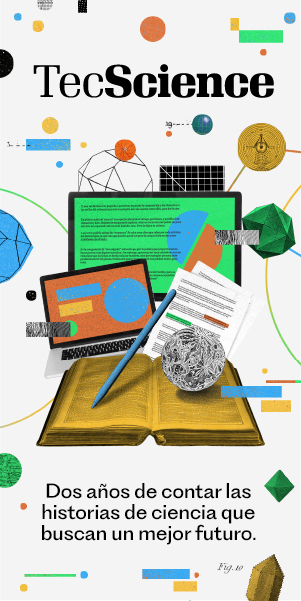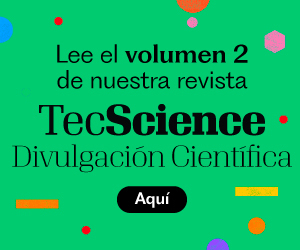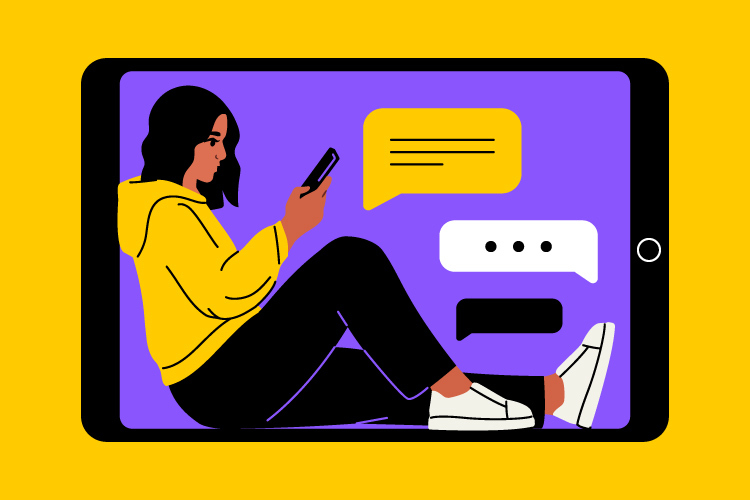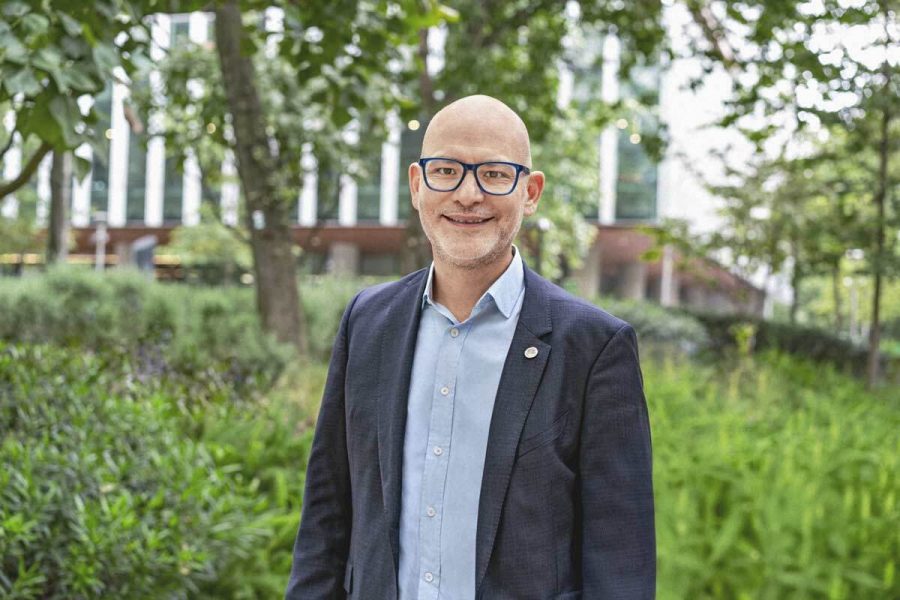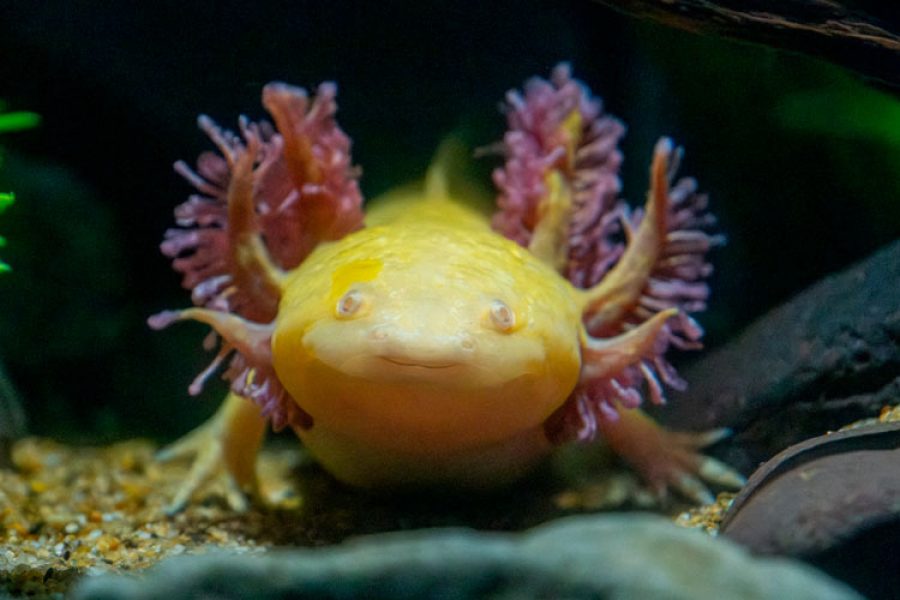Nine years ago, I began researching autism. I was motivated by my son Andrés’ diagnosis; he was seven at the time. Just as a surfer created a program for children with autism to learn to surf, I wanted my vocation to be helpful in the face of a new reality for me.
But how does one research autism from the perspective of communication and cultural studies outside of psychology, health, or neuroscience?
I started by analyzing the representation of autistic individuals. I found that, for many years, they had been depicted in media and films based on two generalizations: one showing them as savants and the other as isolated individuals.
Marion Quirici, an American researcher in disability studies, states that for a long time, savants were known as “idiot-savants” because, like the character in Rain Man, they possess exceptional abilities in mathematical calculation, music, or drawing but face significant challenges in other areas.
Although this idea has been modified, some media productions still associate autism with genius but also with a lack of empathy and social awkwardness, thus stereotyping and reducing the characteristics of people with autism. Only 10% of them are savants, and their intelligence varies.
The other significant generalization that of isolated individuals in crisis fosters stigma and stereotypes and is more common in journalistic media, which for a long time represented them with images of children behind broken glass or covering their ears.
When we haven’t experienced a reality firsthand, we come to know people through books, movies, and series. But I didn’t see my son, who is part of the 30% of non-speaking autistic individuals, in those representations.
Neither was his smile, his fixed and direct gaze into my eyes when he wants to share something that excites him, his way of communicating by bringing the objects used to prepare the food he craves, nor the beautiful aspects of his sensory experience, such as his enjoyment of textures, dry leaves, or silent walks through the countryside. Cultural studies helped me frame the invisibility or biased representation of autistic individuals, as well as the potential for self-representation.
When people talk about their condition on digital platforms, others understand their life experiences better. In recent years, autistic individuals or family members have communicated their daily lives on platforms like TikTok or Instagram. These voices can reduce stereotypes and stigmatization.
Along the way, in trying to explain the violent experiences or contempt that we have suffered as a family in public spaces, I found more in-depth answers in disability studies. This interdisciplinary field analyzes disability as a social, cultural, and political construct, studying how we define disability and its implications for inclusion and exclusion, among other things.
Soon, my research was guided by creative indignation, which is the need to design for social change. One of my projects focused on the design of educational resources for mothers who are caregivers. Through participatory methods, I recovered their experiences of caregiving and self-care to manage the challenges in their children’s daily lives.
Various studies confirm that mothers of individuals with disabilities have higher rates and a greater propensity for anxiety and depression. In the specific case of the intensive care required by autistic individuals, factors such as the fear that they will run away and get lost or the stress related to the judgments and attitudes that people may have in public spaces are added.
In the book Transmedia Learning for Preverbal Children with Autism, now available open access, I investigated the influence of representation on learning. I focused on the use of mobile devices to share and learn informally and on how to leverage the enjoyment of fiction by two autistic children to learn outside of school or within it. The challenge was to think about how people who are denied almost any social and educational participation—autistic individuals with high support needs—can learn.
Today, there is more knowledge, openness, and willingness to recognize than when I started researching. This is partly due to the social struggle of people with disabilities (the Netflix documentary Crip Camp narrates this very well) and also to emerging theoretical frameworks such as neurodiversity studies, which researchers Robert Chapman and Monique Botha define as a self-identification social movement that also encompasses the participation of other neuro minorities, such as people with attentional conditions.
Currently, the methods and theoretical frameworks for constructing knowledge aimed at individuals and communities with some vulnerability seem as vital to me as the purpose or the phenomenon being studied. Bias, researching with or without consulting the represented population, is a scientific matter. Therefore, I have focused my research on participatory methods and perspectives on autism and on training teachers to enrich perspectives and practices in the classroom.
Of course, there is still a long way to go. The concept of neurodiversity has brought conflicts of meaning, and there is a fear of standardizing the vision and trivializing the condition.
We must not make differences invisible; each autistic person has needs given their condition, but also particular needs given their human difference: no one is reduced to a diagnosis.
We must have hope but also the conviction to defend rights and celebrate all kinds of manifestations of human diversity. For me, that means creative indignation: researching, designing, and disseminating for a more just world for neurodiverse individuals.
Nohemí Lugo Rodríguez is a research professor at the School of Humanities and Education. She holds a PhD in Communication from Pompeu Fabra University and a Master’s in Literature from Western Michigan University. She has 25 years of teaching experience at universities in Mexico and the United States.
